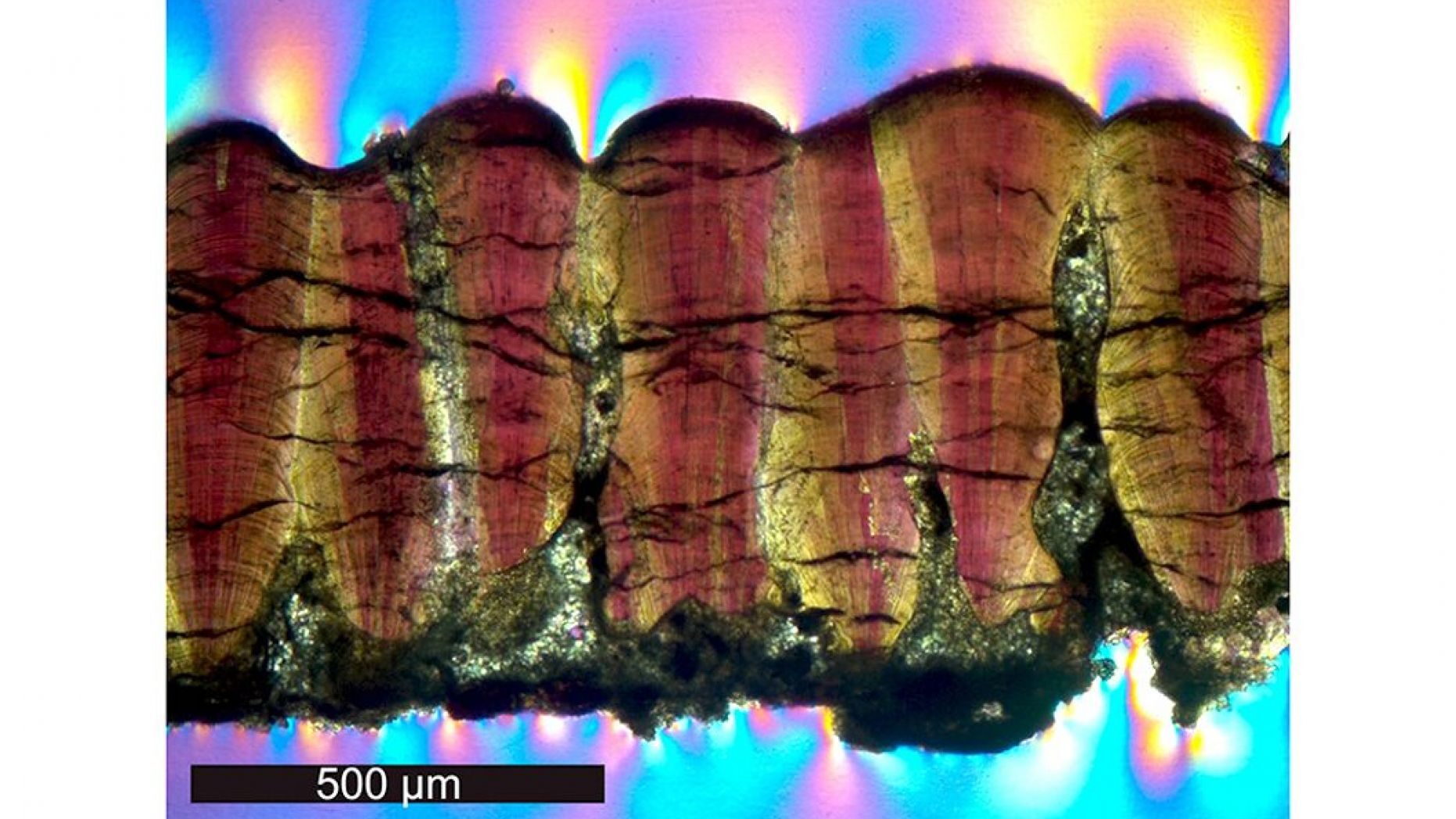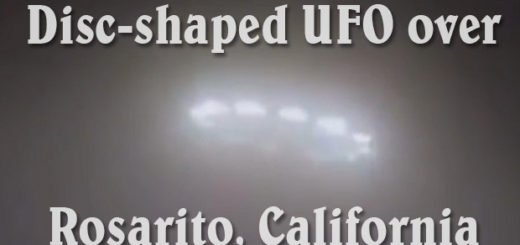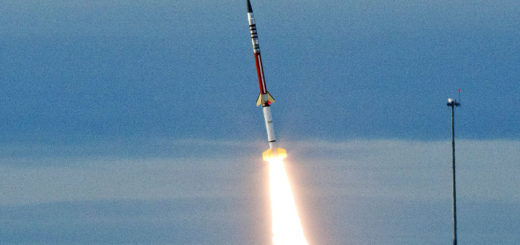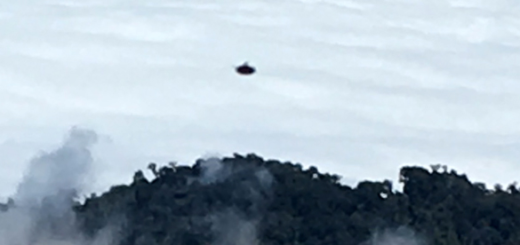Dinosaurs were warm-blooded, shocking study says

It’s a discovery 65 million years in the making.
Despite most scientists generally accepting that dinosaurs were cold-blooded creatures, a new study suggests they were in fact warm-blooded.
The research, published in Science Advances, looks at fossilized eggshells of the terrible lizards and found that the dinosaurs had warmer body temperatures than their surroundings.
A dinosaur eggshell fossil in cross-section under a microscope using cross-polarizing light. Notice the clusters of biomineralized calcite crystals radiating out from central nodes, along the interior margin of the shell at the bottom of the image. This, and the bumpy surface of the exterior margin (top of image) is usually indicative of titanosaur, sauropod dinosaurs. (Credit: Robin Dawson)
A dinosaur eggshell fossil in cross-section under a microscope using cross-polarizing light. Notice the clusters of biomineralized calcite crystals radiating out from central nodes, along the interior margin of the shell at the bottom of the image. This, and the bumpy surface of the exterior margin (top of image) is usually indicative of titanosaur, sauropod dinosaurs. (Credit: Robin Dawson)
NEW ‘REAPER OF DEATH’ TYRANNOSAUR SPECIES DISCOVERED IN CANADA
“Dinosaurs sit at an evolutionary point between birds, which are warm-blooded, and reptiles, which are cold-blooded. Our results suggest that all major groups of dinosaurs had warmer body temperatures than their environment,” said the study’s lead author, Robin Dawson, in a statement.
A 2014 study published in Science suggested that dinosaurs were neither warm nor cold-blooded, but rather “somewhere in the middle.”
Several fossilized eggshells were tested, including from the carnivorous Troodon, a herbivore Maiasaura and the massive Megaloolithus. The temperatures of eggshells of the respective dinosaurs tested at 100.4, 80.6 and 82.4 degrees Fahrenheit for the Troodon; 111.2 degrees Fahrenheit for the Maiasaura; and 96.8 degrees for the Megaloolithus.
The researchers used a process known as “clumped isotope paleothermometry” that looks at the ordering of the oxygen and carbon atoms in the eggshells to come up with their findings.
FILE – This Tuesday, Aug. 15, 2017 file photo shows a model of a Tyrannosaurus rex on display in the New Mexico Museum of Natural History and Science in Albuquerque, N.M. (AP Photo/Susan Montoya Bryan)
FILE – This Tuesday, Aug. 15, 2017 file photo shows a model of a Tyrannosaurus rex on display in the New Mexico Museum of Natural History and Science in Albuquerque, N.M. (AP Photo/Susan Montoya Bryan)
The same testing was done on cold-blooded invertebrate shells found in the same area. The researchers discovered the Troodon samples were 50 degrees Fahrenheit warmer, whereas the Maiasaura was 59 degrees Fahrenheit warmer and the Megaloolithus samples were between 37.4 and 42.8 degrees Fahrenheit warmer.
“What we found indicates that the ability to metabolically raise their temperatures above the environment was an early, evolved trait for dinosaurs,” Dawson added.
Dawson said the research could also help in further understanding the relationship between dinosaurs and the role of feathers in birds.
“It’s possible that dense feathers were primarily selected for insulation, as body size decreased in theropod dinosaurs on the evolutionary pathway to modern birds,” Dawson explained. “Feathers could have then later been co-opted for sexual display or flying.”
SCIENTISTS UNCOVER NEW EVIDENCE OF THE ASTEROID THAT KILLED OFF THE DINOSAURS
Researchers continue to learn more about the time of the dinosaurs, including the asteroid that resulted in their extinction.
The asteroid, which hit Earth in the Yucatan Peninsula in Mexico, wiped out nearly 75 percent of all species on the planet, but it may have resulted in bacteria being able to thrive, according to a study published earlier this month.
A separate study published in October 2019, suggests the asteroid acidified Earth’s oceans after its impact. Another study published in September 2019 compared the impact of the asteroid to the power of 10 billion atomic bombs.



 Creators of mankind
Creators of mankind Description of “Tall white aliens”
Description of “Tall white aliens” Where they came from?
Where they came from? About hostile civilizations
About hostile civilizations The war for the Earth
The war for the Earth “Tall white aliens” about eternal life
“Tall white aliens” about eternal life Video: “Nordic aliens”
Video: “Nordic aliens” Aliens
Aliens Alien encounters
Alien encounters The aliens base
The aliens base UFO
UFO Technology UFO
Technology UFO Underground civilization
Underground civilization Ancient alien artifacts
Ancient alien artifacts Military and UFO
Military and UFO Mysteries and hypotheses
Mysteries and hypotheses Scientific facts
Scientific facts


















